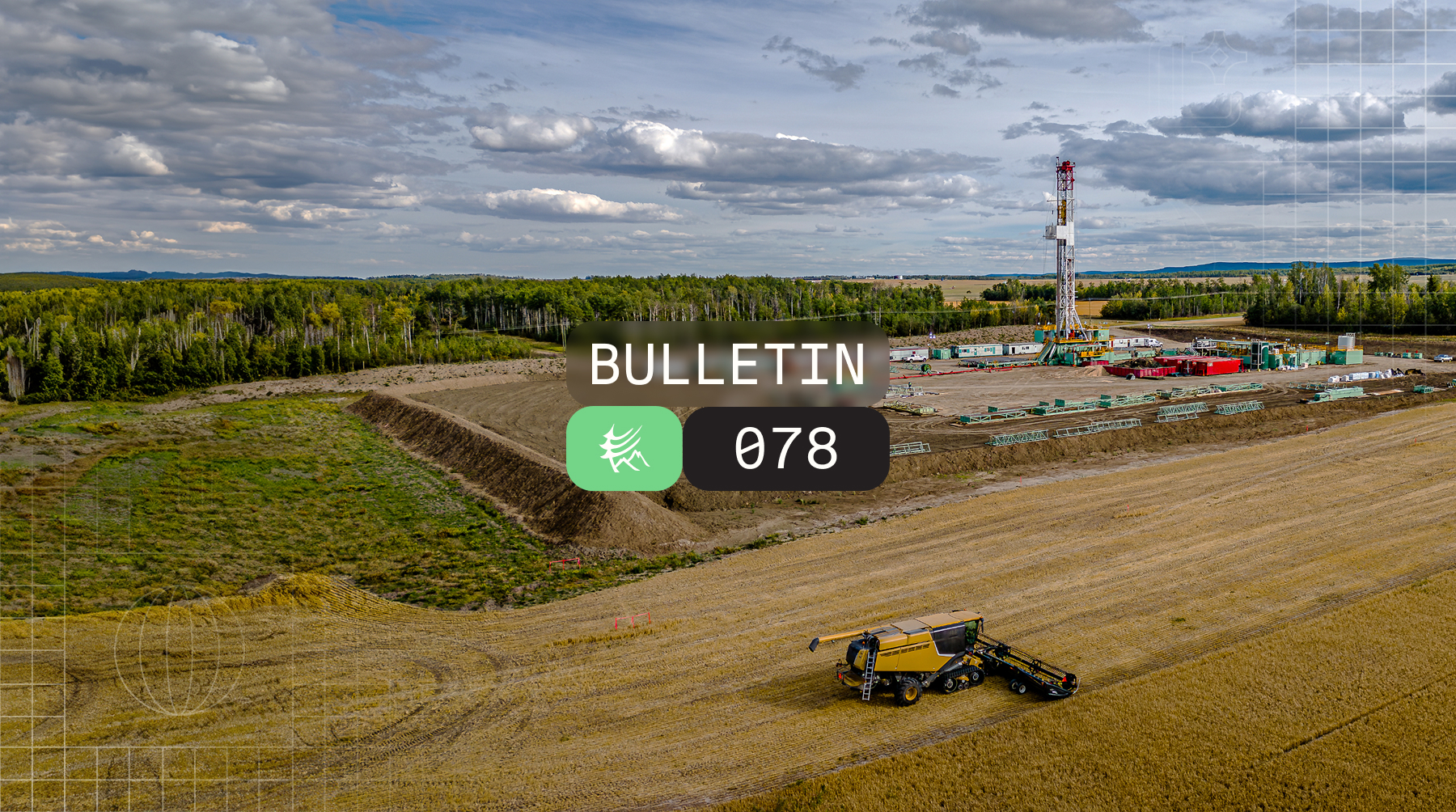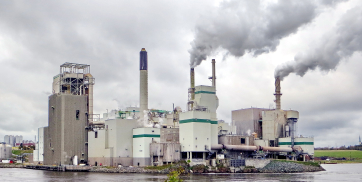LDAR-Sim is one of the leading reputable modelling tools in the forecasting and analysis of fugitive emissions. As a public, open-source platform, regulators, operators, and other interested parties can confidently use LDAR-Sim to evaluate the effectiveness of fugitive emissions management programs. Given the ever-changing emissions landscape, LDAR-Sim developers are committed to keeping the model current by advancing it alongside the emerging knowledge.
Highwood Emissions Management, driven by a commitment to education, collaboration, and innovation, is a leading contributor to LDAR-Sim, keeping it aligned with the latest advancements in industry, technology, and regulations. LDAR-Sim Version 3.0 sets the stage for ongoing updates, ensuring its continued relevance and innovation. This release enhances reliability, user-friendliness, and efficiency, laying the foundations for more exciting updates coming soon!
What is LDAR-Sim?
LDAR-Sim (the Leak Detection and Repair Simulator) is an open-source, publicly available, agent-based numerical model developed at the University of Calgary’s Centre for Smart Emissions Sensing Technologies in 2017. LDAR-Sim enables users to simulate LDAR program performance based on real- world data to predict emissions reduction effectiveness and costs of different programs and work practice configurations. A new and improved version of LDAR-Sim (Version 3) was just released. This article summarizes all that you need to know.
What’s new?
Recently, LDAR-Sim has undergone significant improvements driven by Highwood Emissions Management. These updates include standardized coding practices, enhanced documentation, streamlined user experience, and more granular parameter controls, making it a more efficient and user-friendly tool. All these changes have culminated in a new major version release for LDAR-Sim, version 3.0.0!
New in Version 3.0.0 from Version 2.0.0:
Software quality control:
New to LDAR-Sim are various software quality control tools, such as improved testing through the addition of unit testing and an end-to-end testing module, templates for GitHub issues, pull requests and commits and an improved development practice standard. What this means for users is that you can have confidence that all contributions to LDAR-Sim are thoroughly screened and tested to make sure the software runs as intended and is bug free.
Enhanced documentation:
The LDAR-Sim documentation has been thoroughly reviewed and updated to make sure what you read in the references like the user manual matches what’s in the code. On top of that, we’ve reorganized our documentation to make it easier to find what you’re looking for.
Additionally, LDAR-Sim now features versioning, ensuring you always stay on top of the latest software version. Checkout LDAR-Sim tagged versions to download a specific version of LDAR-Sim or LDAR-Sim releases for the latest major update.
Revamped parameter structure:
LDAR-Sim users can fine tune the modelling through over 100 parameters, which they input through “parameter files”. Through working with new users, we found the original organizational structure of the parameter files unintuitive. To remedy this, the parameter file structure has been reorganized with the goal of allowing new users to more easily pick-up the parameterization workflow while also streamlining the process for experienced users. This was accomplished in large part by the new “virtual world” parameter file, a single file which allows users to inform parameters which should affect all modelled LDAR programs equally (for example, properties such as weather, site locations, and leak characterizations) in a single space, rather than having to ensure they are consistent across multiple files.
See the guide on migrating your parameters for the newest version of LDAR-Sim here
Other Updates
LDAR-Sim has received several notable updates, enhancing its capabilities and user experience:
- An external sensor module which allows for better modelling of alternative technologies based on Methane Emissions Technology Evaluation Center (METEC) testing probability of detection curves.
- More granular parameter customization options for increased accuracy in simulations.
- The ability to customize the initialization of leaks for more control over the model starting state.
- Further customization for follow-up work practices.
- Improvements to scheduling to be more representative of the real-world.
- An update to the Python version and libraries in use, boosting code security and runtime performance.
- Various bug fixes and code cleanup changes to ensure a smoother and more reliable simulation experience.
These updates together make LDAR-Sim more powerful and efficient than ever before!
AMEP Highwood Partnership
Highwood has partnered with Alberta Methane Emissions Program (AMEP) with the goal of validating, verifying and further developing LDAR-Sim. AMEP, with assistance from Highwood have assembled a community of practice to guide these endeavours. If you are interested in collaboration or providing feedback to guide the future development of LDAR-Sim, participating in the community of practice is an excellent opportunity to do so. Please contact Adam Hayman for more information.
Find the link to AMEP webpage here
Other Collaboration Opportunities
LDAR-Sim is an open-source software model, and we welcome all forms of collaboration on the model. Individuals and groups are welcome to contribute outside of participating in the community of practice, mentioned above. We encourage those with development experience to submit code for review through GitHub, which will be vetted and reviewed by our team before being incorporated into the codebase. Other avenues of collaboration include submitting requests for new features or reporting issues through the LDAR-Sim GitHub page, participating in the LDAR-Sim discussions board, or sponsoring the development of a specific feature or set of features. Contact info@highwoodemissions.com or visit our website for more information.
How to keep up to date?
To stay informed about the latest developments in LDAR-Sim, we recommend regularly checking the GitHub page for the most recent updates and refer to the changelog for comprehensive details on the updates. This ensures that you are up to date with the latest features and improvements in the tool.
There are more exciting improvements coming to LDAR-Sim, so stay tuned!
New to LDAR-Sim or need help?
Highwood offers LDAR-Sim training courses to educate your team on how to parameterize and run the model. We also offer specialized support for more complex modelling needs. Contact info@highwoodemissions.com for more information.
Want to evaluate your LDAR program?
Highwood offers software enabled consulting services, where our team of experts leverage LDAR-Sim to evaluate your LDAR program, and provide with you with recommendations based on your priorities.
Useful Resources
Find Highwood’s LDAR-Sim summary page here
Find a detailed story map of LDAR-Sim here
Read the original LDAR-Sim journal article here
Reference the LDAR-Sim User Manual







